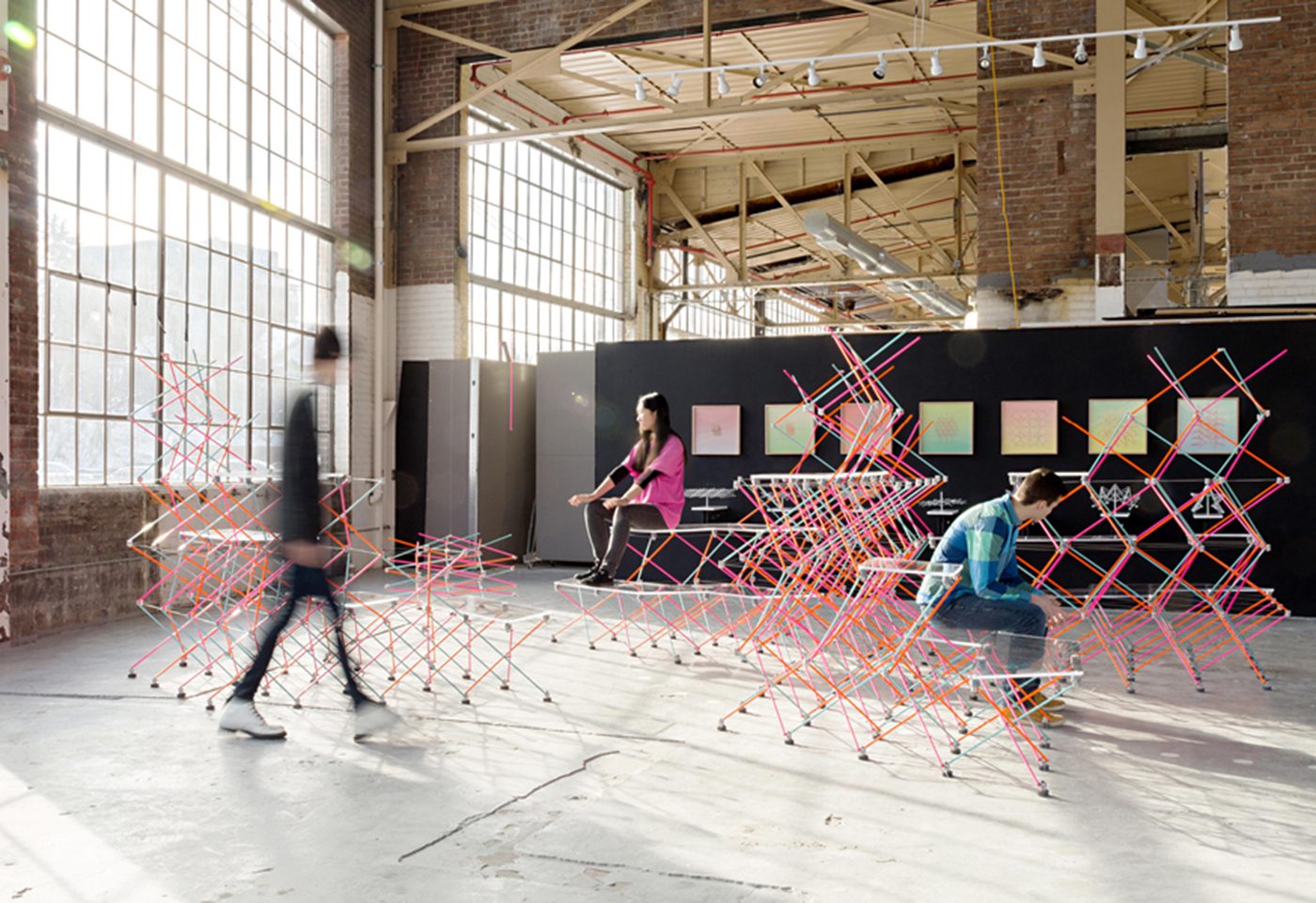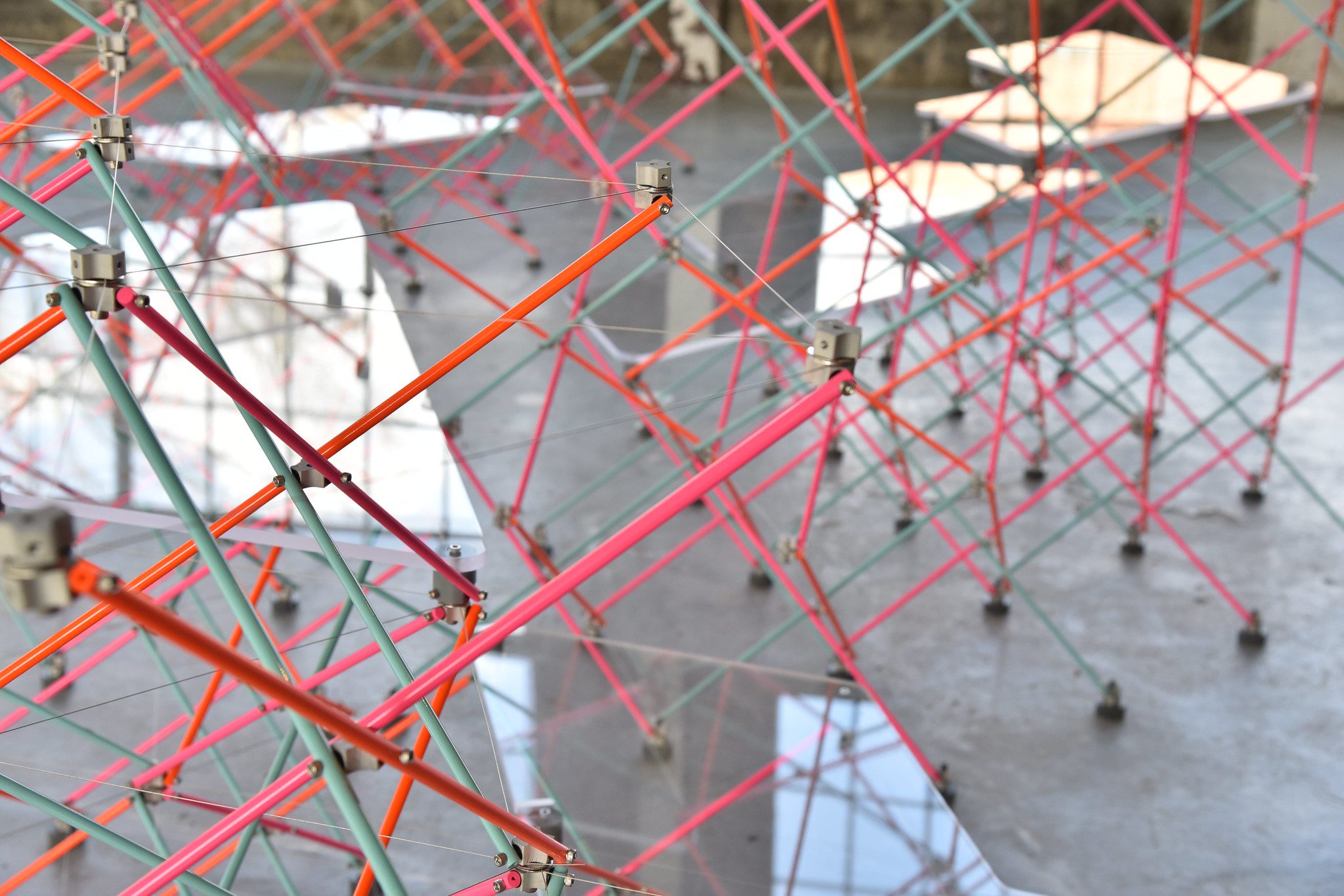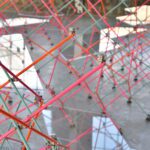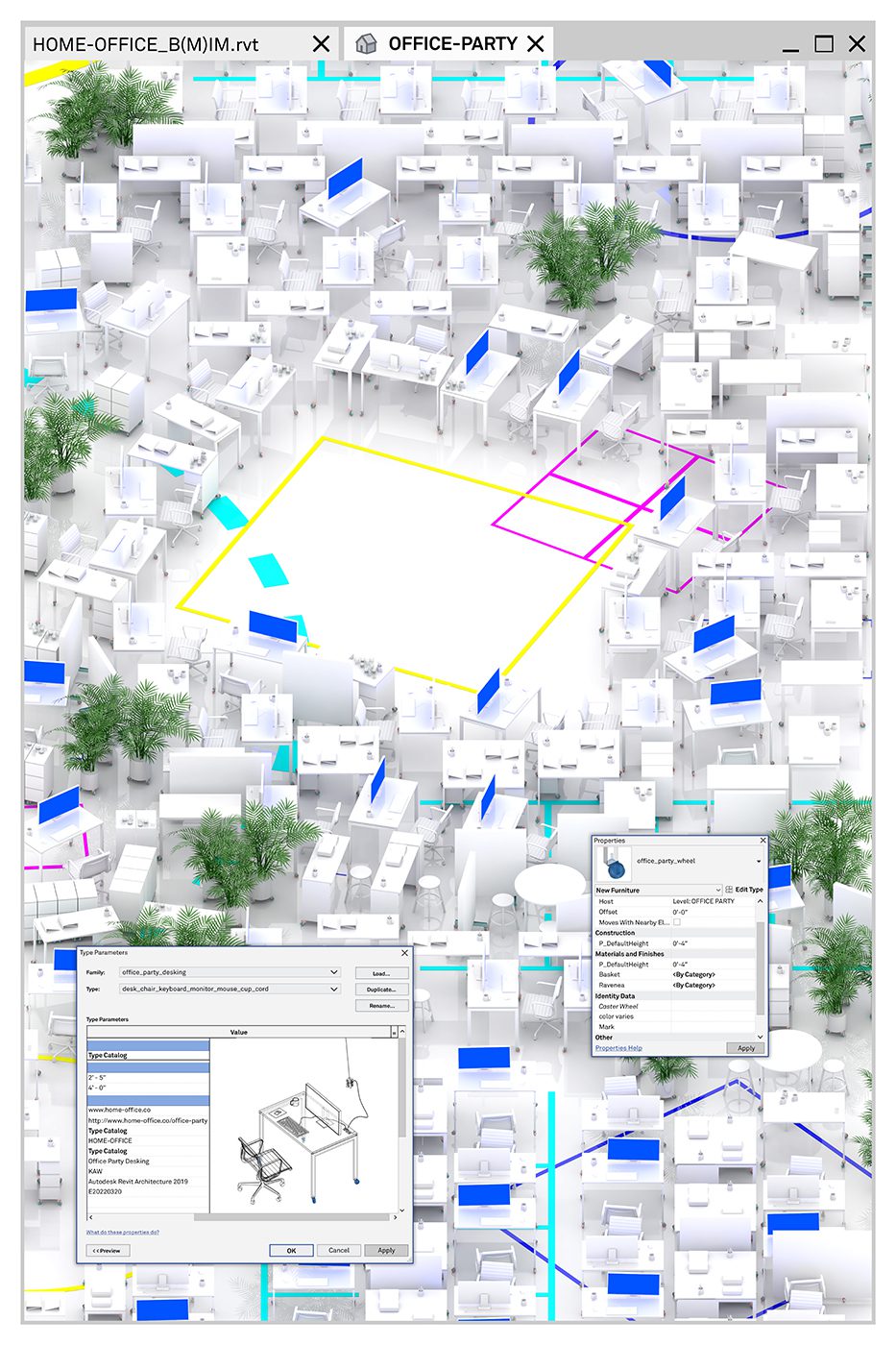
Published:
05/12/2025
Lightweight, collapsible and transformable built environments have been long imagined by architects. From umbrellas and foldable furniture to large span temporary structures or solar panels for spacecraft, the capability to shape change interrogates the possibilities found within the impermanence of space established by deployable architectures. From the mechanics of parts in the work of Spanish architect Emilio Perez Pinero, to the material sciences and technological processes of Buckminster Fuller, the research uncovers an emerging use of systemic spatial patterns to produce lightweight landscapes.
Today, the necessary versatility of the limited common space in our cities and our transient lifestyle establish a contemporary framework to reevaluate the work of these architects on the deployability of architecture. The research aims to develop the interrelationship between parts, patterns and practices as agents that affect the compositional aesthetics as well as mechanical properties and possible spatial applications of these systems. The desire is to understand and further push the generation of space through three different scales of study: the component or part, tiling and patterns for the layout of spatial motion structures and the possibilities to further these systems based on contemporary practices of production and responses to the ever-changing demands on the built environment.
Support for this project was provided by the Taubman College 2017 Research Through Making Grant Program.
Faculty:
Ana Morcillo Pallarés
Jonathan Rule









